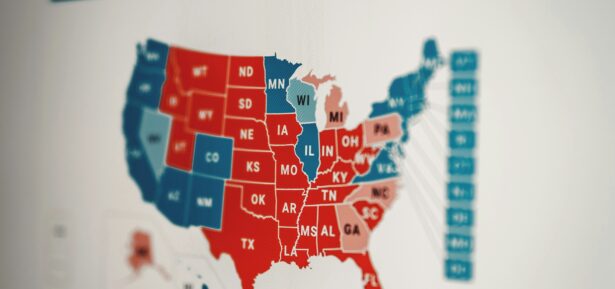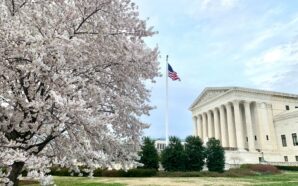Does Certain Areas Contribute To The Flu?
New research suggests a city attributes to the forthcoming of flu season. During the winter months, the flu seems to peak in dry air areas around the United States. With the air being dry, the virus will be able to sustain life.
Furthermore, this makes it feasible for the virus to move from person to person. Between 2002 and 2008, 603 U.S. cities play a key role in the spread of influenza, according to researchers. Large cities with a high percentage of crowding were confirmed with a steady growth rate of cases throughout the flu season.
Small cities, however, tend to have a shorter flu season, due to smaller crowds. By gaining an understanding of how influenza is spreading, researchers can find a better way to combat it. The U.S. Centers for Disease Control and Prevention reported the 2017–18 flu season took 80,000 lives.
There are many possibilities on the transmission of the flu in a particular area, humidity could even be a factor. Influenza is a virus that can change its genetics, which means they can find ways to live in a hosts body, even on hot days.
According to biologist Benjamin Dalziel of Oregon State University and his colleagues state tahat massive cities with large crowds, which encompass places where citizens live and work, are more prone to viruses finding a new host, regardless of the air conditions being habitable for the viruses air transmission. All in all, the virus doesn’t need to rely on dry air.



















